২১ অগ্রহায়ণ ১৪৩২
Indonesia Announces Purchase of Chinese J-10C Fighter Jets
18 October 2025 20:10 PM
NEWS DESK
Indonesia has announced plans to acquire at least 42 Chengdu J-10 fighter jets, confirming earlier reports of its interest in the Chinese-made aircraft.
Defense Minister Sjafrie Sjamsoeddin told reporters on Wednesday that Indonesia would soon buy the multirole fighter aircraft from China as part of its military modernization drive, the state news agency Antara reported. “They will be flying over Jakarta soon,” Sjafrie said, although he did not provide further details about the timeline of the purchase.
According to the Associated Press, Finance Minister Purbaya Yudhi Sadewa on Wednesday confirmed that his ministry had approved a budget for the purchase of the 4.5 generation fighter, which would come to more than $9 billion. “So, everything should be ready,” Sadewa told reporters, “But I have to double check when those aircrafts will arrive in Jakarta from Beijing.”
If the purchase eventuates, Indonesia would become the second foreign military to operate the J-10 after Pakistan, which reportedly used them to down Indian jets during the two nations’ short conflict in May.
Reports of Indonesia’s interest in purchasing the J-10 have surfaced periodically throughout 2025. Back in June, Deputy Defense Minister Donny Ermawan Taufanto, a retired air marshal, said that the country was “evaluating” the J-10 in terms of pricing, system compatibility, and after-sales support. “We have had talks with China and they offered us a lot, not just J-10, but also ships, arms, frigates,” he told Reuters at the time. The possible J-10 purchase was also mentioned last month by Brig. Gen. Frega Wenas Inkiriwang, head of the Public Relations Bureau at the Ministry of Defense, and was reportedly also discussed by President Prabowo Subianto during his recent state visit to China.
There are divergent reports as to which variant of the Chinese jet Indonesia is interested in acquiring. Most media reports have mentioned the J-10C, but Janes reported yesterday that Indonesia would instead procure the less advanced J-10B variant. Its report, which it claimed was based on confidential Indonesian documents, including a letter from the country’s Ministry of Finance to its Ministry of Defense, stated that Indonesia was also seeking to procure the Houbei-class (Type 22) fast attack craft, “and an export variant of China’s YJ-12 ramjet-powered coastal anti-ship missile known as the CM-302.” Janes stated that the government planned partly to fund this purchase with $3.1 billion in foreign loans, and that Jakarta “has begun actively seeking lenders to support the initiative.”
Indonesia is in the midst of an ambitious drive to modernize its military in general and its air force in particular. The latter currently includes a mix of U.S.-made F-16 and Russian Sukhoi Su-27 and Su-30 jets, some of which are on the verge of retirement. So far it has taken a scattershot approach to the upgrade of its fighter jet fleet. The Indonesian Air Force is already waiting on an $8.1 billion order for 42 new Rafale jet fighters from the French defense manufacturer Dassault, the first of which are expected for delivery early next year. In July, the country also signed a contract to buy 48 KAAN fighter jets from Türkiye.
In addition to these, Indonesia has also mooted a purchase of U.S.-made F-15EX Eagle II jets, and earlier this year, the defense industry publication Alert 5 reported that the country could also proceed with a stalled purchase of Russian Su-35s, which was abandoned in late 2021 due to concerns about U.S. sanctions.
The purchase of Chinese inventory would mark a shift in Indonesia’s defense procurement strategy, which has historically focused on Russia and the United States, and could prompt concerns about its strategic alignment. As Beni Sukadis, a defense analyst from the Indonesia Institute for Defense and Strategic Studies, told the AP, a major arms purchase from Beijing “could be read as a shift in Indonesia’s security orientation amid China’s growing military and diplomatic influence in Southeast Asia region.”
The purchase could also create practical complications. Even if the U.S. and Russian purchases don’t eventuate, the acquisition of so many fighter platforms could multiply logistics and maintenance costs for an already underfunded force. It makes sense for Indonesia to avoid too heavy a reliance on any one external partner, and to diversify its international defense partnerships accordingly. But the application of this diversification doctrine to aircraft procurement may end up creating what one defense analyst described yesterday on X as an “unmitigated logistical nightmare.”




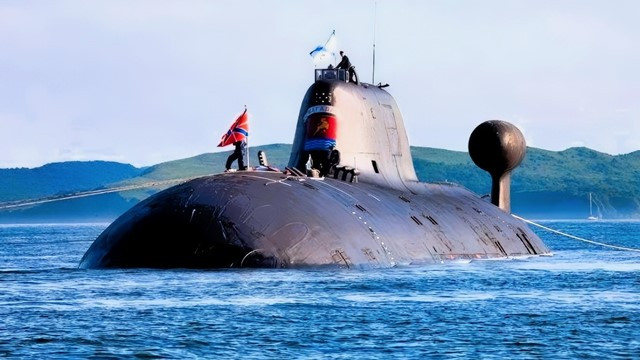

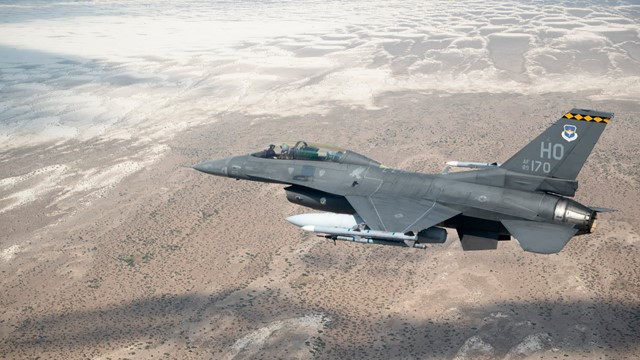

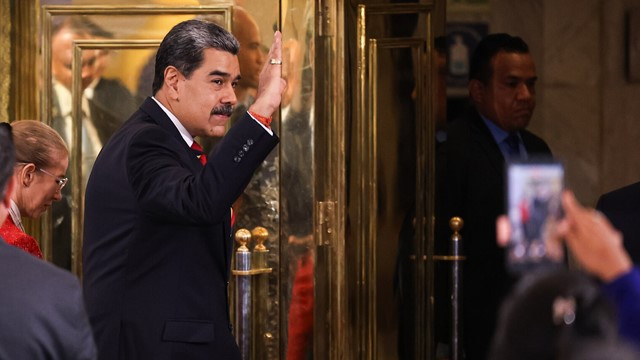
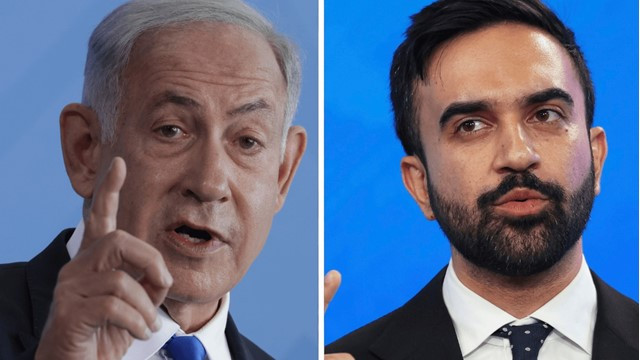

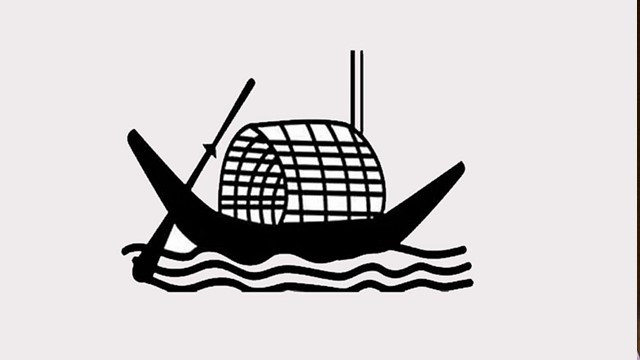
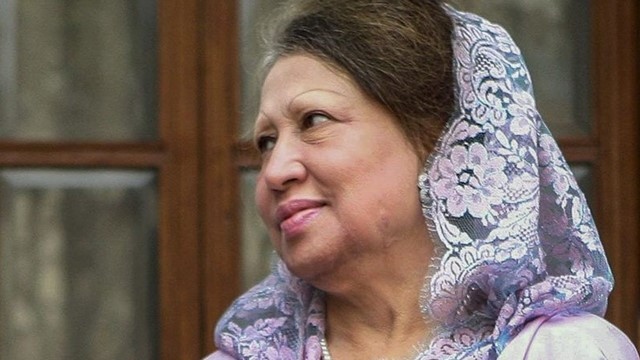
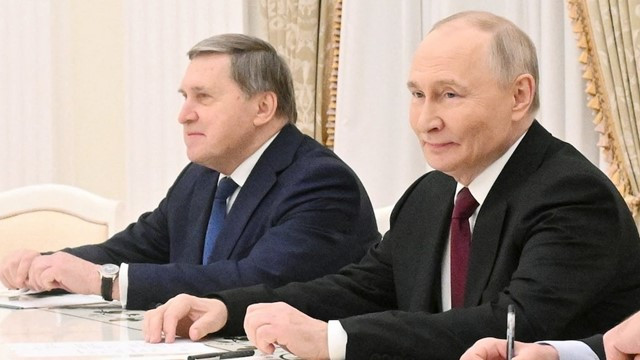
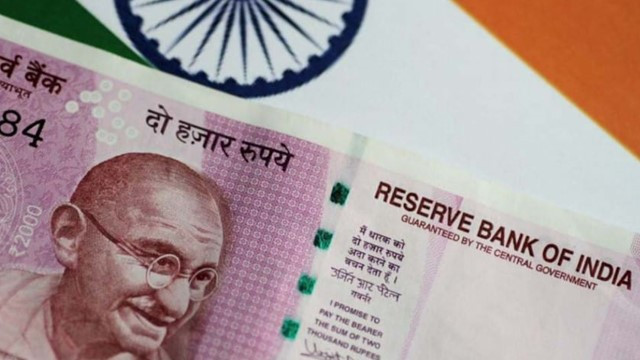

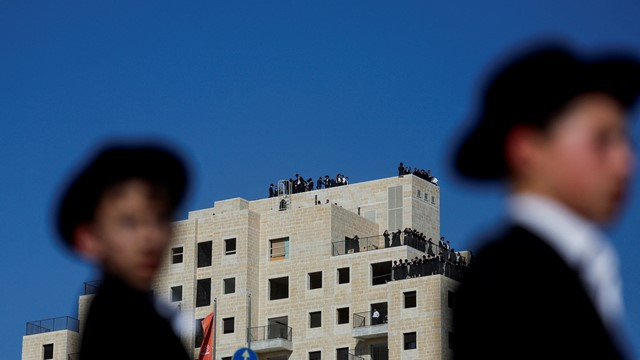

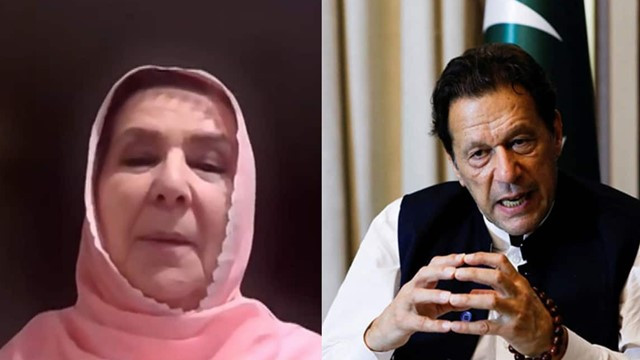
Comments Here: